Based on the content of the lesson, here’s a draft blog post titled “Maximizing Marketing Strategies in Marketplace Commerce: A Comprehensive Guide” tailored for Digitalfashionacademy.com. This blog post will cover the key areas from the lesson with a divulgative and neutral tone.
Maximizing Marketing Results in Marketplace Commerce
Introduction
With the rapid growth of digital commerce, marketplaces like Amazon, Zalando, and others have become central hubs for fashion brands seeking to expand their reach.
Marketplaces offer the opportunity to meet new consumers where they are already shopping, offering a mix of convenience, variety, and brand discovery.
By 2028, there will be an estimated 313 million e-shoppers in the EU alone, highlighting the growing importance of a strong marketplace presence. The marketplaces will reach 50% of the total sales of fashion ecommerce.
This guide will explore why having a dedicated marketing strategy for marketplaces is essential, how to optimize your listings and advertising efforts, and the key performance indicators (KPIs) that will help you measure success.
- Maximizing Marketing Results in Marketplace Commerce
- Introduction
- Why Marketplaces Commerce?
- The Importance of a Dedicated Marketing Strategy
- Opportunities and Challenges in Marketplace Marketing
- How to Offset Marketplace Challenges
- Key Marketing Strategies for Marketplaces
- Measurement and Analytics
- Case Studies: Success in Marketplace Marketing
- Trends Shaping the Future of Marketplace Marketing
- Conclusion
Why Marketplaces Commerce?
Marketplaces provide an all-in-one platform where consumers can discover, compare, and purchase products from various brands. Unlike traditional e-commerce, where brands sell directly to consumers through their own websites, marketplaces bring together a multitude of sellers, creating a dynamic environment that facilitates product discovery.
Key Advantages of Marketplaces:
- Increased Reach: Access to a broader audience compared to traditional direct-to-consumer sales.
- Ready-to-Use Platforms: Marketplaces are equipped with built-in marketing tools and analytics, simplifying the process for sellers.
- Brand Discovery: Consumers are open to exploring new brands, making it an ideal space for emerging companies to gain visibility.
However, marketplace commerce also comes with its challenges, such as increased competition, lower margins, and limited control over customer data. This makes it crucial for brands to adopt a strategic approach to stand out.
The Importance of a Dedicated Marketing Strategy
A dedicated marketing strategy is not just about being present on a platform; it’s about being effective. Strategic marketing is vital for boosting visibility, driving sales, and differentiating your brand in a crowded space. Here’s why it’s essential:
- Competitive Edge: Effective marketing strategies help brands attract leads, build loyalty, and ultimately capture market share.
- Sales Optimization: With proper marketing tactics, brands can optimize their sales funnel, from awareness to conversion.
- Data-Driven Decisions: Leveraging the analytics tools provided by marketplaces allows brands to refine their strategies and achieve better outcomes.
Opportunities and Challenges in Marketplace Marketing
Navigating marketplaces requires an understanding of both the opportunities and the challenges involved. Here’s a look at some of the key factors:
Opportunities:
- Expansion Potential: Marketplaces offer a low-cost entry into new regions, enabling brands to test markets without significant investment.
- Reputation Building: Brands can build credibility through customer reviews, ratings, and consistent presence.
Challenges:
- Sales Cannibalization: Products on marketplaces can compete with direct sales from a brand’s website, potentially leading to cannibalization.
- Lower Margins: Marketplaces often charge fees or commissions that can eat into profit margins.
- Data Limitations: Sellers often have limited access to customer data, which can hinder personalized marketing efforts.
How to Offset Marketplace Challenges
To succeed on marketplaces, brands need tailored strategies that address platform-specific challenges:
- Listing Optimization: Optimizing product listings is a crucial first step. This includes refining product titles, descriptions, images, and using rich media like comparison tables and videos.
- Paid Advertising: Leveraging advertising options such as sponsored product ads, brand ads, and display ads can significantly boost visibility. Effective use of paid ads helps brands stay top-of-mind and drive conversions.
- Content Marketing: Investing in high-quality content such as enhanced product descriptions, A+ content, and influencer partnerships can help differentiate your brand.
- Promotions: Marketplace-specific promotions like coupons, volume discounts, and exclusive deals can drive sales, attract new customers, and encourage repeat purchases.
- Earned Media: Programs like Amazon Vine and Zalando Lounge affiliate marketing allow brands to generate organic reviews and word-of-mouth promotion.
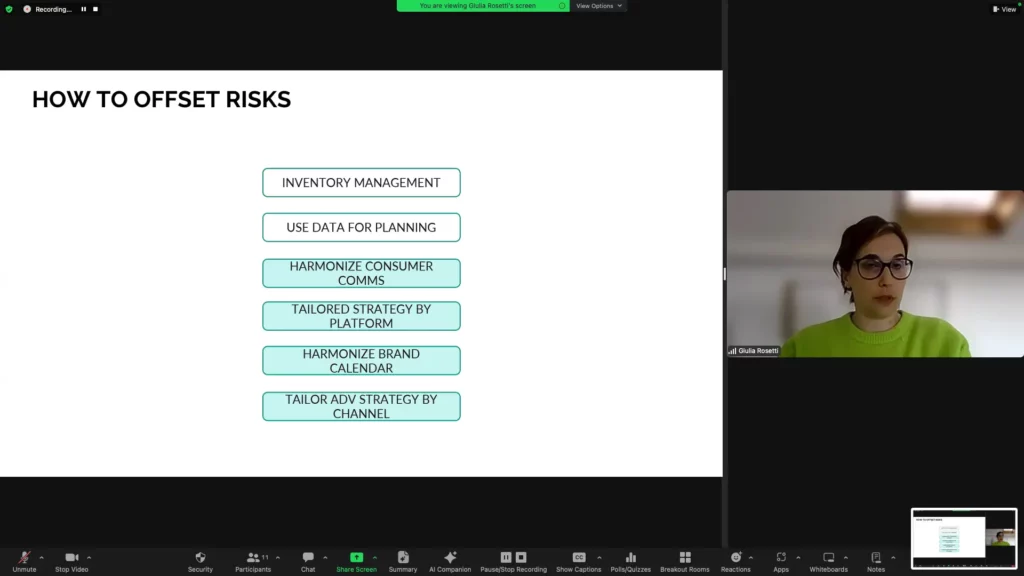
Key Marketing Strategies for Marketplaces
1. Listing Optimization
Creating optimized listings is essential for marketplace success. Key elements include:
- Product Titles: Use clear, descriptive titles that include relevant keywords to improve search visibility.
- Descriptions: Detailed descriptions help inform buyers and increase the likelihood of conversion. Focus on benefits and unique selling points.
- Visuals: High-quality images, videos, and interactive media can significantly impact purchasing decisions.
2. Paid Advertising
Paid advertising on marketplaces can take various forms, each designed to address different stages of the customer journey:
- Onsite Ads: These include homepage teasers, catalog ads, and sponsored product placements that capture customer attention at the point of purchase.
- Offsite Ads: Utilize offsite options like influencer marketing, paid social formats, and custom advertising to reach consumers across multiple channels.
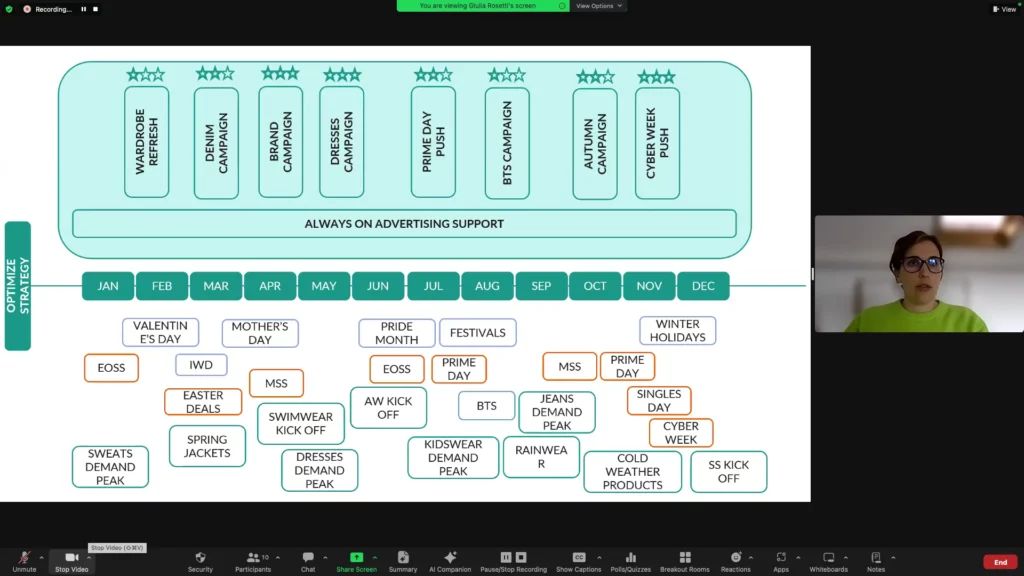
3. Content Marketing
Content marketing on marketplaces goes beyond standard listings. Leveraging influencer partnerships, storytelling, and educational content can enhance brand perception and engage potential buyers.
4. Promotions and Deals
Special deals like lightning deals, volume discounts, and free shipping can attract bargain hunters and encourage bulk purchases. Promotions are also a great way to clear out old inventory or introduce new products.
5. Earned Media
Programs like Amazon’s Vine or Zalando’s Lounge provide opportunities to gain authentic reviews and build consumer trust. Organic reviews can drive credibility and influence purchase decisions significantly.
Measurement and Analytics
To measure the success of your marketplace marketing efforts, it’s crucial to track relevant KPIs. Different KPIs measure different stages of the customer journey, from awareness to loyalty:
- Brand Awareness: Metrics like impressions, share of voice, and brand store visits.
- Engagement: Clicks, CTR, and add-to-cart actions.
- Performance: Sales-related KPIs such as ROAS (Return on Ad Spend), conversion rates, and average order value.
- Loyalty: Metrics that reflect repeat purchases and customer retention.
Using these KPIs, brands can assess which strategies are working and make data-driven decisions to optimize their approach.
Case Studies: Success in Marketplace Marketing
Successful brands use a mix of onsite and offsite strategies to optimize engagement on marketplaces. Tactics include homepage takeovers, sponsored brand ads, and influencer campaigns that extend reach beyond the marketplace.
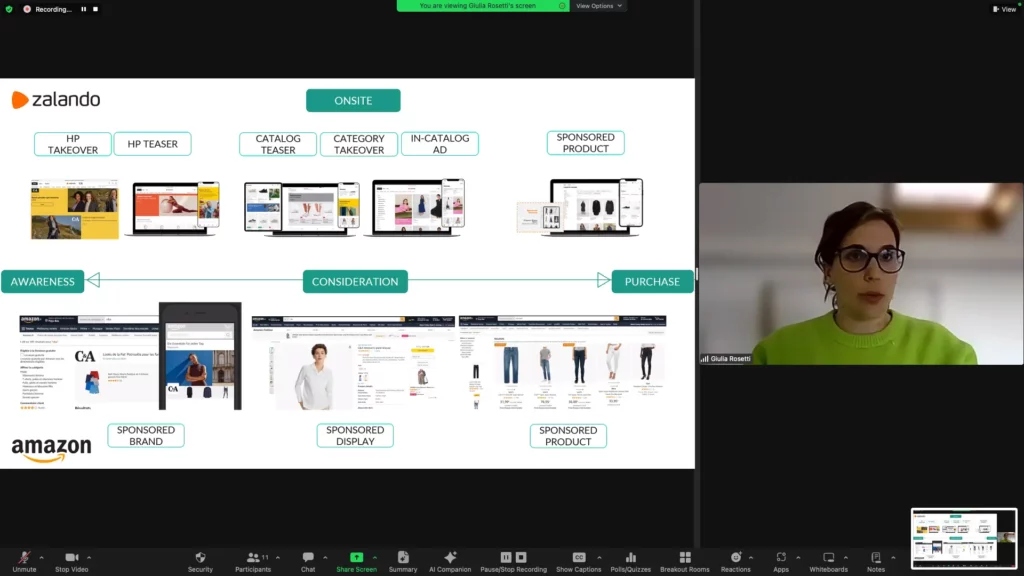
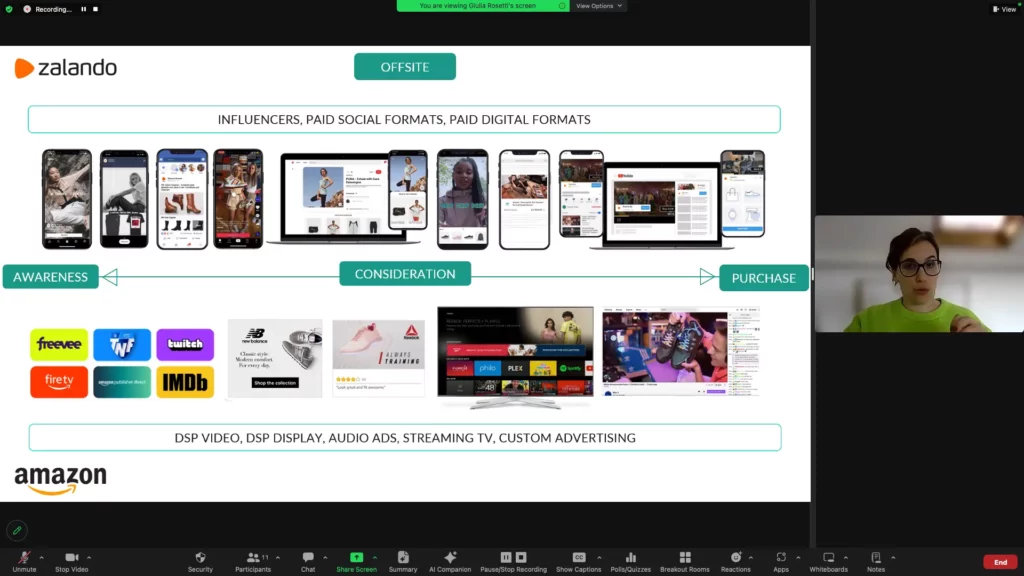
Trends Shaping the Future of Marketplace Marketing
Marketplace marketing is constantly evolving. Here are some of the key trends:
- Personalization: Brands are increasingly using personalized marketing tactics to tailor offers and recommendations to individual shoppers.
- Sustainability: Consumers are more conscious of sustainability, and brands that highlight eco-friendly practices can differentiate themselves.
- Augmented Reality (AR): AR technology is being used to enhance the shopping experience, allowing customers to try before they buy.
- Social Commerce: The integration of social media and e-commerce is blurring the lines, creating new opportunities for brands to engage with shoppers.
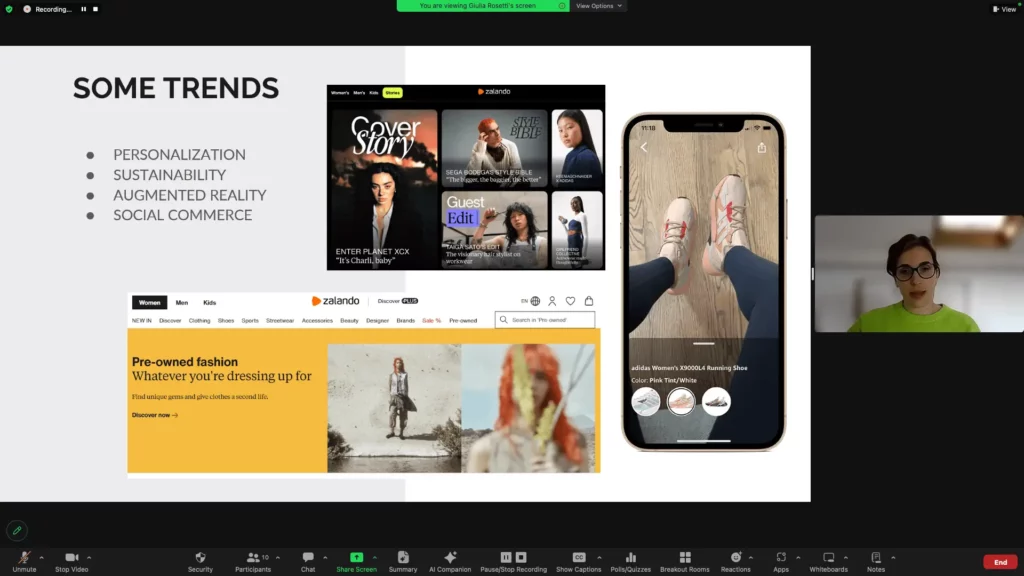
Conclusion
Marketplace marketing offers immense opportunities for fashion brands, but it requires a strategic approach. By understanding the unique dynamics of marketplaces, optimizing your listings and advertising, and leveraging data-driven insights, brands can maximize their success. As consumer behaviors continue to evolve, staying agile and responsive to trends will be key to thriving in this competitive landscape.
Let me know if you need any adjustments or additional sections for this blog post!